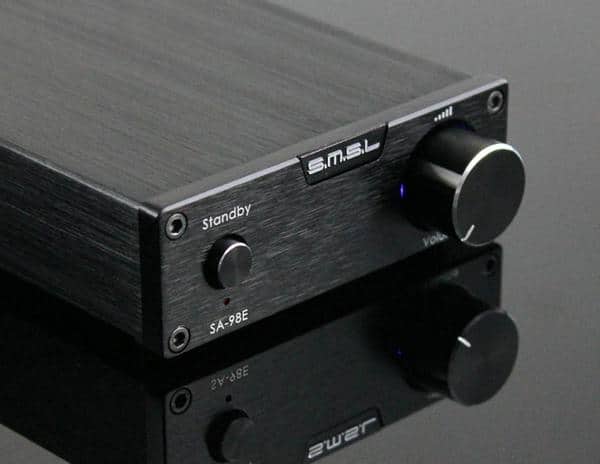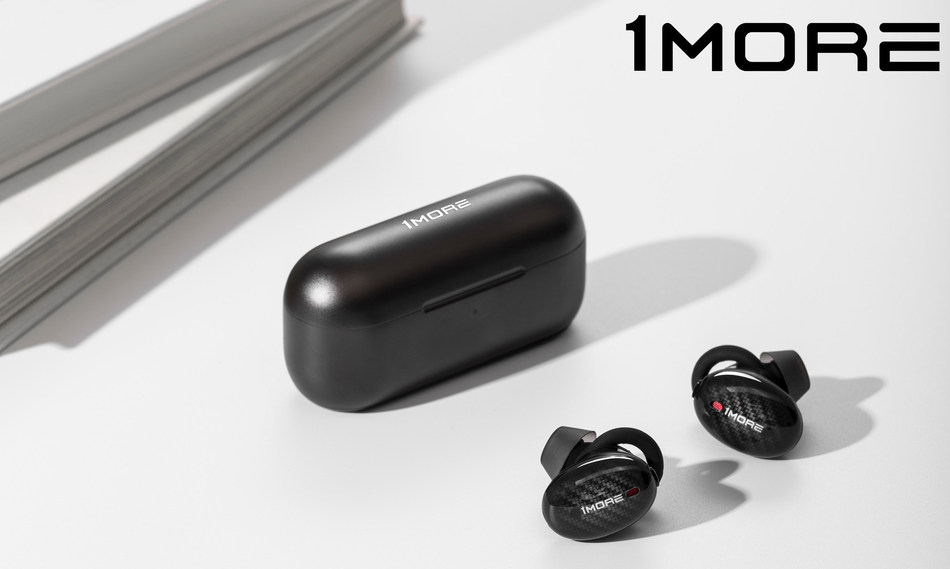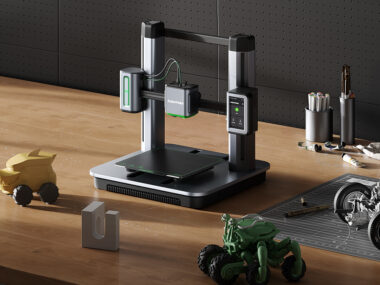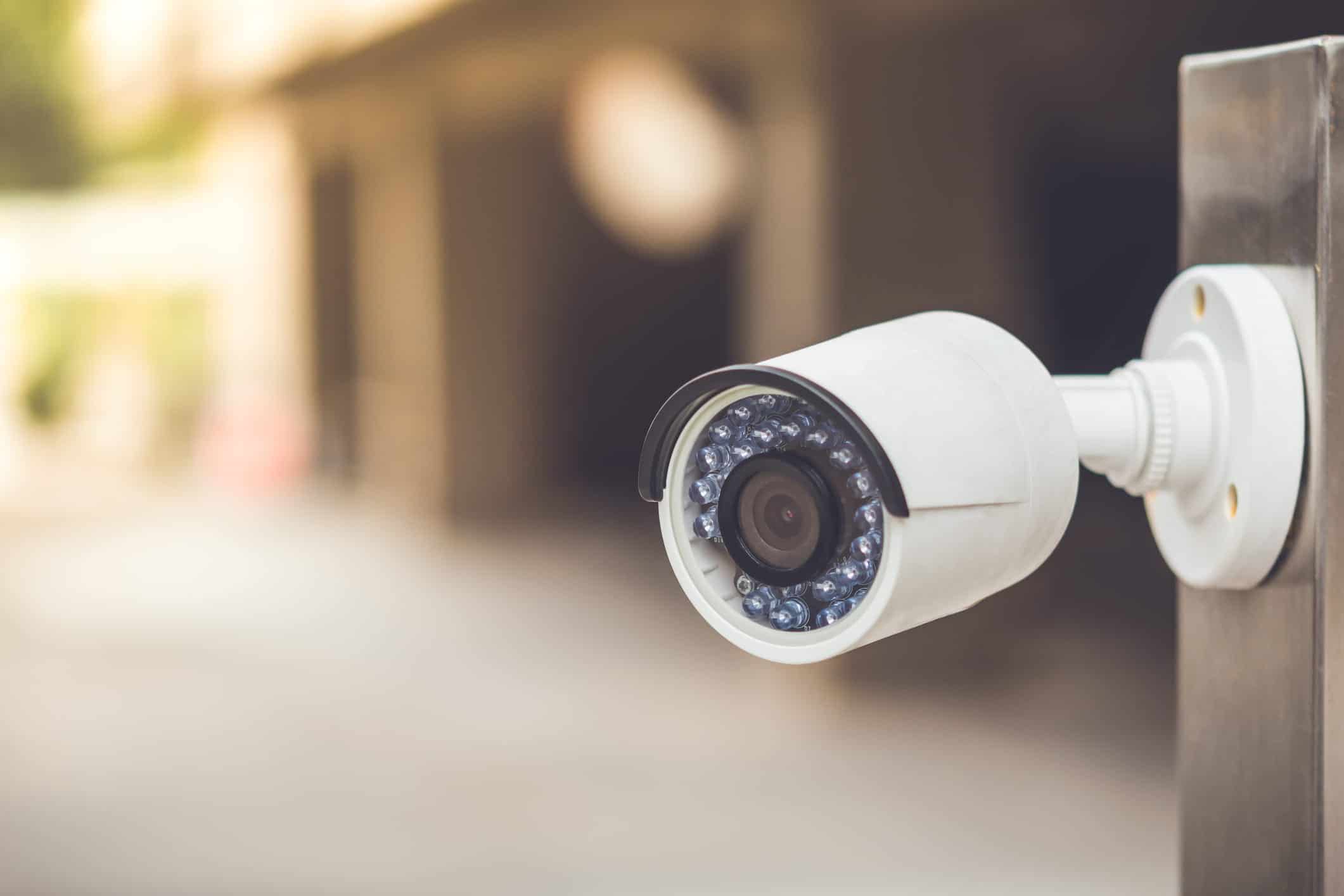If you have spent a good deal of money on a pair of good-quality speakers, you want to be certain that you get an audio amplifier that will deliver excellent audio quality while meeting your budget. I will give some pointers about audio amplifier technologies to help you make the right buying decision.
Audio amplifiers come in all different shapes and sizes. They use different technologies and have many technical specs. This makes it difficult to decide which model to pick. You don’t have to be an expert. Just follow some simple guidelines and you should be satisfied with your amp.
One important criterion is the size of the amplifier. You can buy models which can fill half a room. In contrast, some of the latest miniature amplifier models are no larger than a deck of cards. Many units will be the size of a standard audio rack so that you can easily stack it on top of your audio equipment.
The vast majority of today’s audio amplifiers are solid state amplifiers as opposed to more traditional tube amplifiers. Tube amplifiers have been dominant a decade or so ago. However, tube amplifiers have fairly high audio distortion. Audio distortion refers to how much the audio signal is being degraded while passing through the amplifier and is given in percent. This value is often used when comparing the audio quality of amplifiers.
Tube amps will have audio distortion of up to 10%. Solid state amplifiers will have lower audio distortion depending on the amplifier technology that is used. The most traditional amps use a “Class-A” and “Class-AB” technology. These amplifiers are also called “analog amplifiers”. This technology offers fairly low audio distortion. However, the power efficiency is only 10 to 30%. This means that most of the electrical power supplied to the amplifier is wasted as heat while a small fraction is used to amplify the audio signal.
In contrast, “Class-D” amplifiers which are also called “digital amplifiers” offer a power efficiency of typically 80 to 90%. This allows the amplifier and power supply to be made much smaller than analog amplifiers. The trade off is that digital amplifiers often have higher audio distortion than analog amplifiers. This is mostly a result of the switching distortion of the output power stage. Most recent digital audio amplifiers, however, employ a feedback mechanism and can minimize the audio distortion to below 0.05%.
When selecting an amplifier, ensure that the output power is sufficient to drive your speakers. The required power will be determined by how much power your speakers can handle as well as the size of your room where you will be listening. Speaker power handling capability is given as peak power and average power. The peak power value refers to how much power the speaker can handle for a short period of time while the average power handling value describes how much power you can drive the speaker at continuously without damage.
If your listening environment is fairly small then you may not need to drive your speaker to its rated power handling value. You would probably be good having an amplifier that can deliver 20 to 50 Watts even though your speakers may be able to handle 100 Watts of power. Note though that speakers differ in their sensitivity. Typically a low-impedance speaker will be easier to drive to high volume than a high-impedance speaker. Be sure that your amp can drive your speaker impedance. You can easily find the rated speaker impedance range in your amplifier’s user manual.
Lastly, make sure that your amplifier introduces little noise and has a broad enough frequency response. High-quality amplifiers will have a signal-to-noise ratio of at least 100 dB and a frequency response of at least 20 Hz to 20 kHz.











